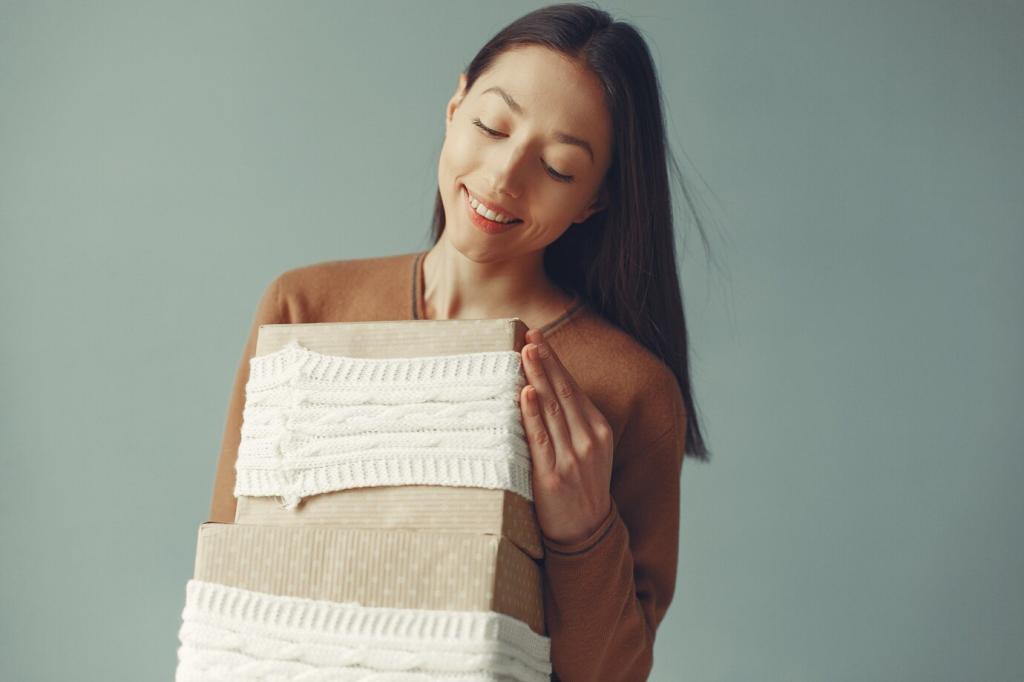Sleep Architecture Meets Silk: Microclimate and Arousal Thresholds
Your skin constantly talks to your brain at night. The smooth, low-friction surface of silk bedding minimizes irritating tactile “noise,” which supports calmer sensory processing and parasympathetic responses that ease sleep onset and reduce unnecessary awakenings.
Sleep Architecture Meets Silk: Microclimate and Arousal Thresholds
Frequent micro-awakenings are often triggered by temperature swings and tugging sensations. Silk bedding maintains a more stable microclimate and slides with your movements, reducing disruptive shear forces that would otherwise nudge your brain toward wakefulness.
Sleep Architecture Meets Silk: Microclimate and Arousal Thresholds
Use silk bedding for one week, then your previous setup for another. Track sleep onset time, awakenings, perceived restfulness, and morning mood. Share your observations in the comments so we can compare patterns and learn together.






